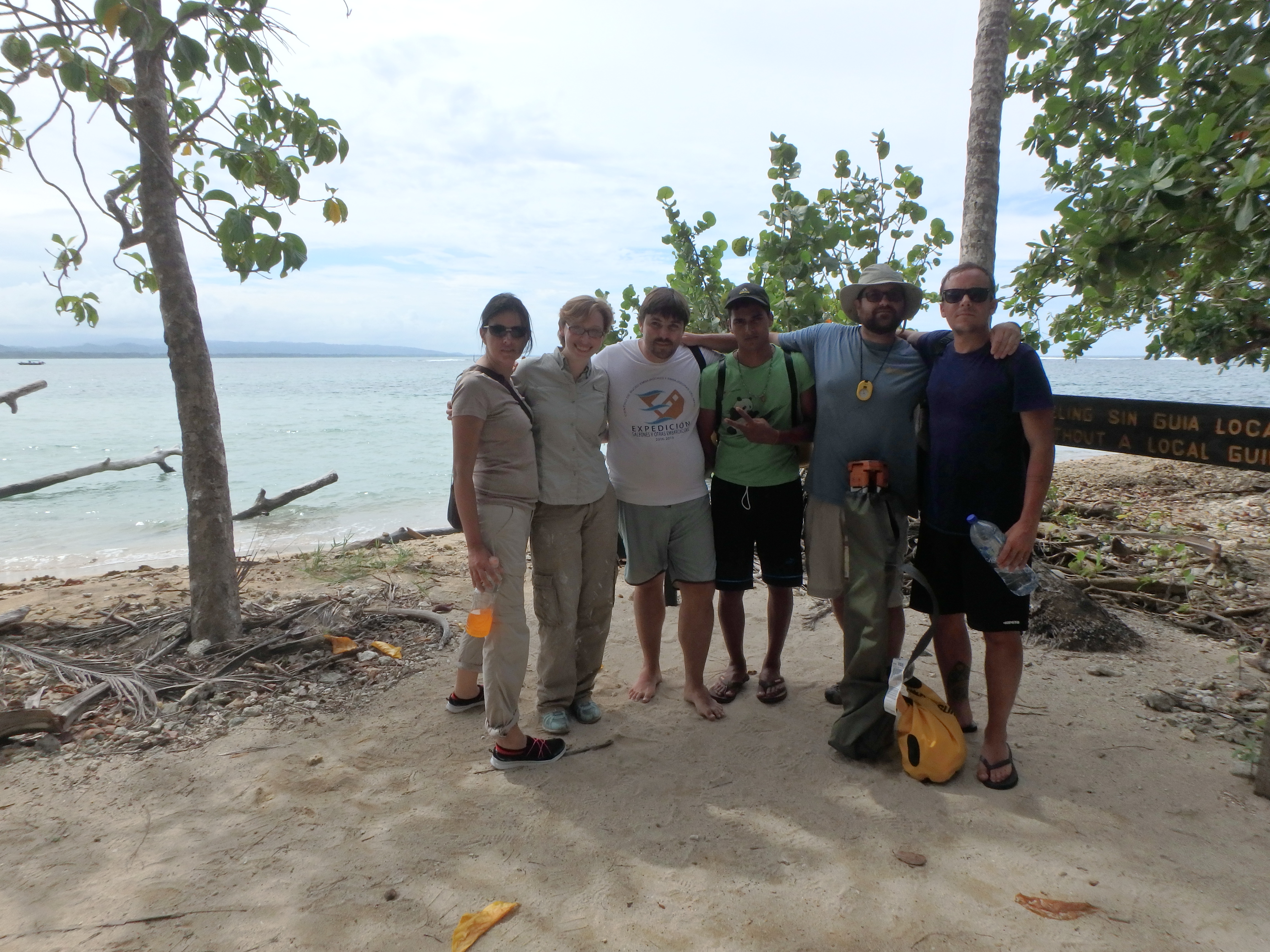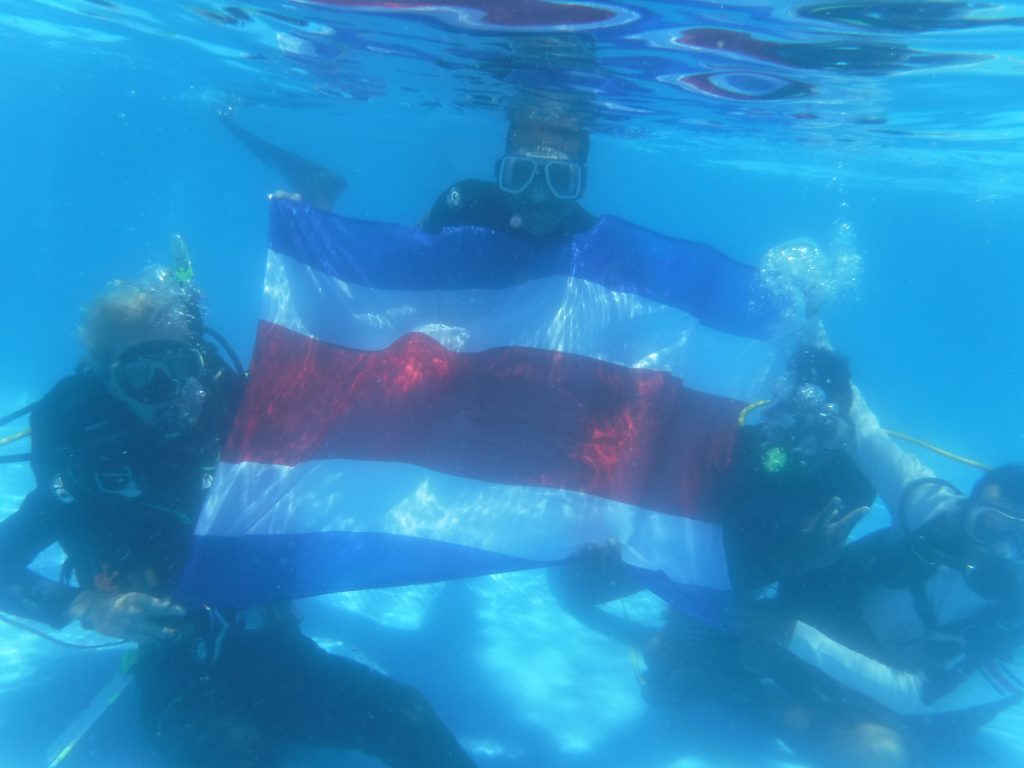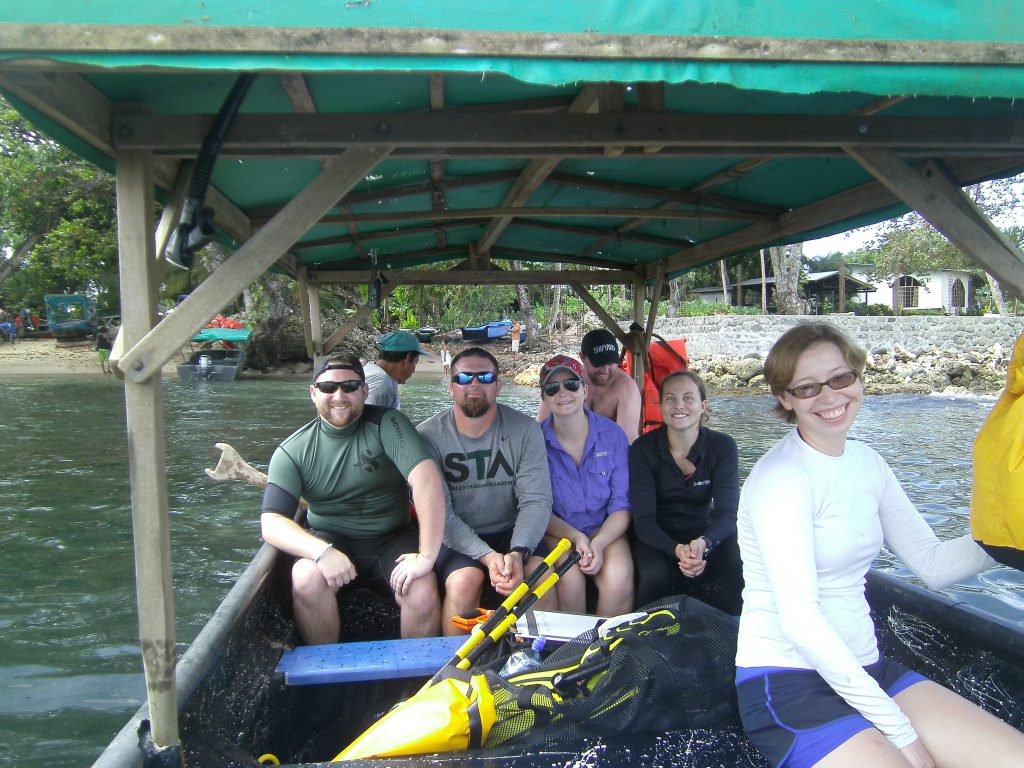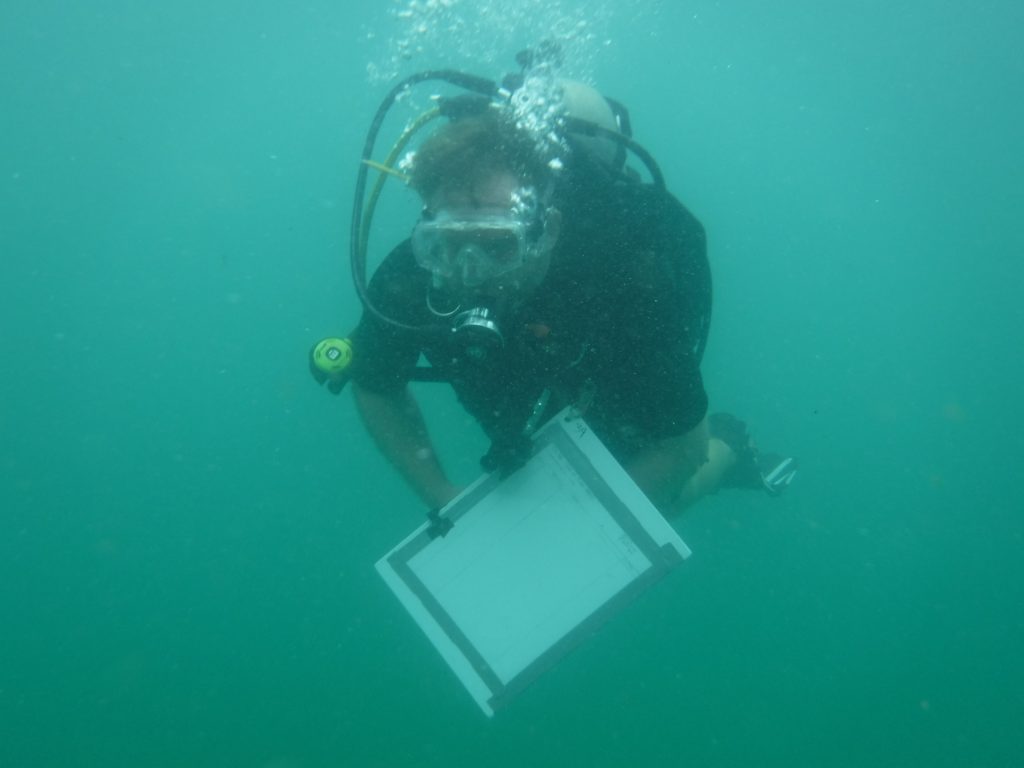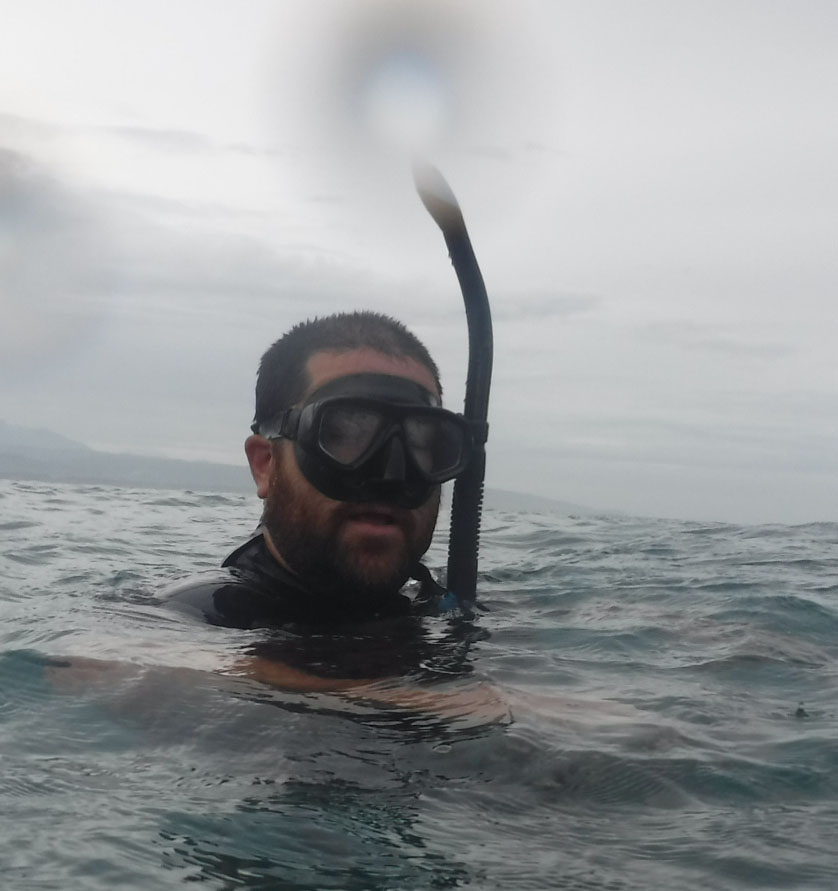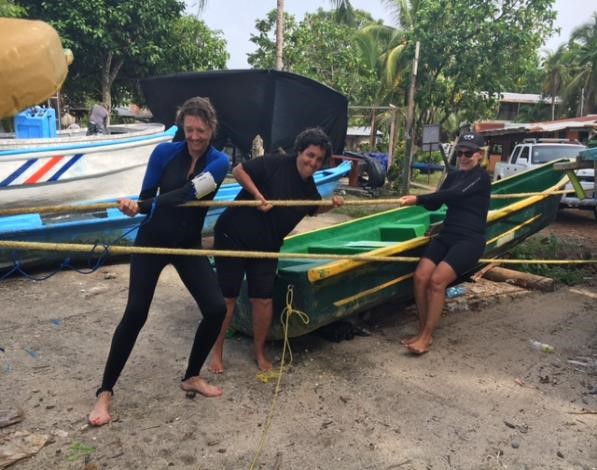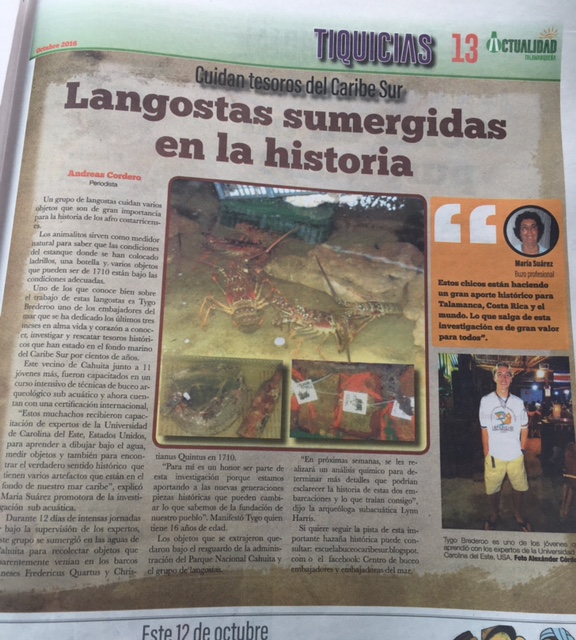The key purpose of this project combining an ECU field school with community outreach, local capacity building combined with maritime archaeology research in Puerto Viejo and Cahuita Town. At the institutional level, agreements were signed between East Carolina University’s Maritime Studies Program and a Costa Rican youth diving foundation, the Centro Comunitario de buceo Embajadores y Embajadoras del Mar del Caribe Sur (Community Center of the Diving Ambassadors the Southern Caribbean, CCBEEMC), initiated by Dr. María Suárez Toro in 2015.
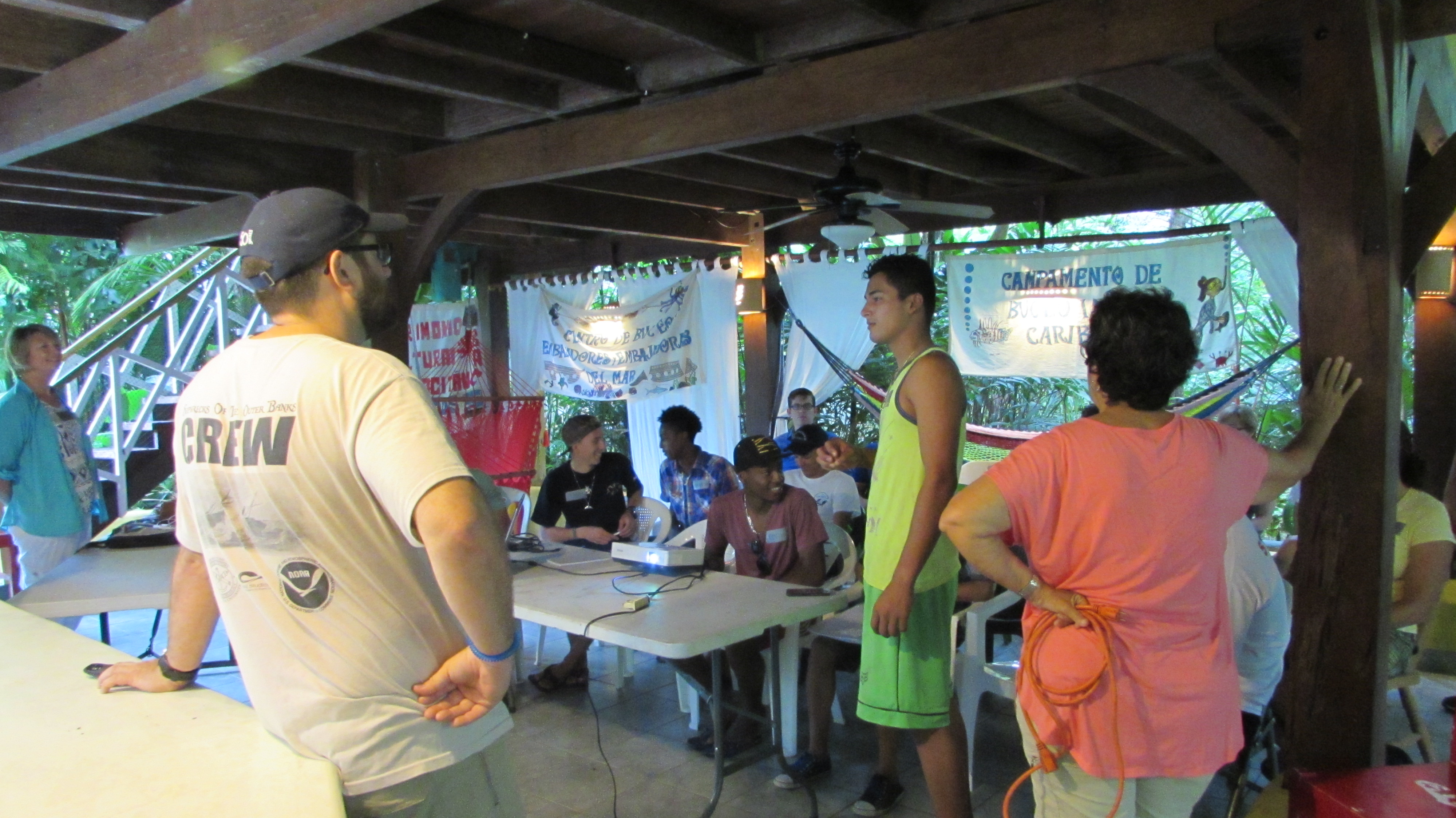
For 10 days in Cahuita, Dr. Lynn Harris and Dr. Nathan Richards led ECU students in an effort to gather additional data about the sites and build local capacity to monitor shipwrecks in the bay. The memorandum of agreement (MoA) between the two parties stipulated that ECU would train CCBEEMC divers using the NAS curriculum, and provide archaeological expertise in the analysis of recorded and recovered artifacts. CCBEEMC, in turn, organized the student participants, provided housing and logistical support, secured permits for the removal of samples, and paid the costs for artifact analysis.
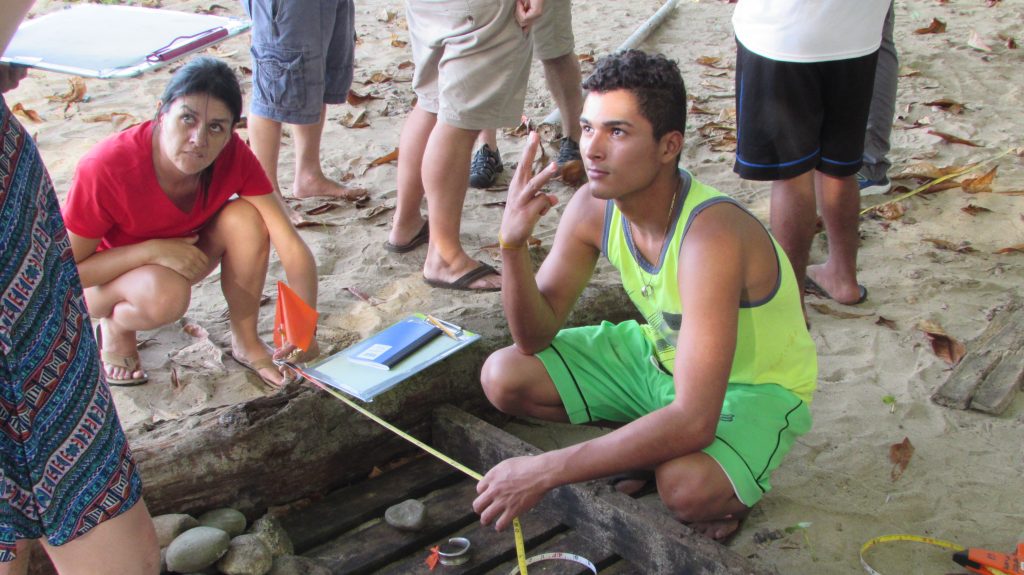
ECU faculty and students taught the NAS I and II levels to the student divers of the CCBEEMC, splitting the curriculum into classroom and practical sections conducted on land and in a pool, prior to diving the site. The four-day training included classroom work, dry practice on a beach, and additional practice in a pool prior to the arrival of the trainees on site. The training covered a range of archaeological recording skills: baseline offsets, trilateration, in-situ recording, archaeological photography, artifact tagging, basic mapping, and artifact illustration. A week of dives and additional training followed, in which important features were identified and mapped, the dimensions of the site expanded, and key diagnostic artifacts recovered. The students participated in nearly all components of the 10-day project, assisting in the setup, survey, and breakdown of the site. On the final day of the project, CCBEEMC students taught ECU’s participants the basics of Lion Fish hunting with homemade Hawaiian slings.
Perhaps the most important element of the project was two local events given following cleanup of the site. Students of the CCBEEMC prepared PowerPoint presentations about the training they received and the project’s findings, and some students made additional effort to share their interpretive perspective on the recovered artifacts. Approximately 60 people from the communities of Puerto Viejo and Cahuita attended the presentations, with the audiences comprising fellow students, parents, community members, tourists, journalists, and officials from the Ministry of Culture. ECU faculty presented historical background on the sites, as well as other research on maritime culture in the area, including El Lanchon barge.
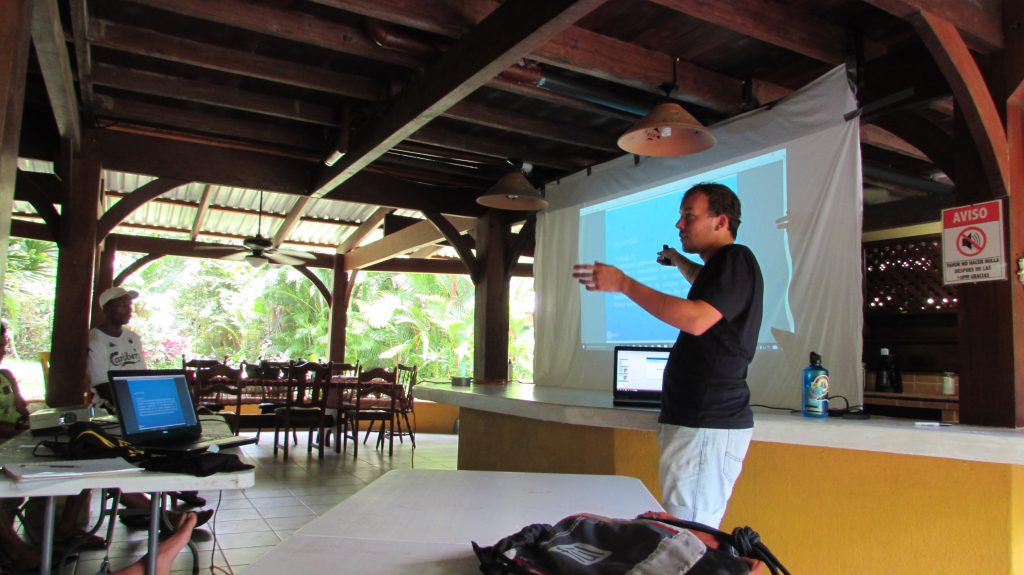
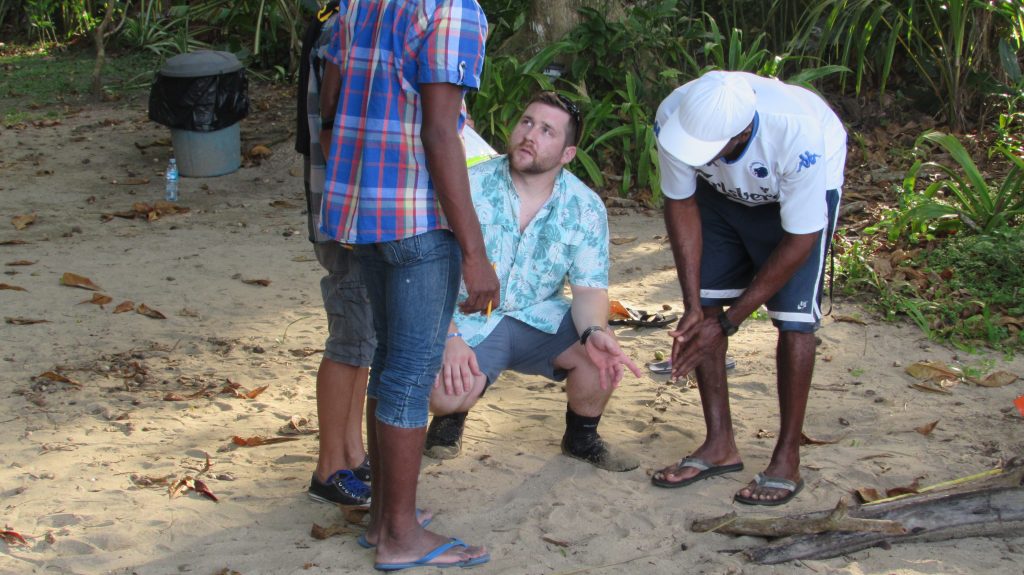
ECU and Centro Students worked together on assignments and learnt about each other. We had some great fun and moments to share in the class and in the field!
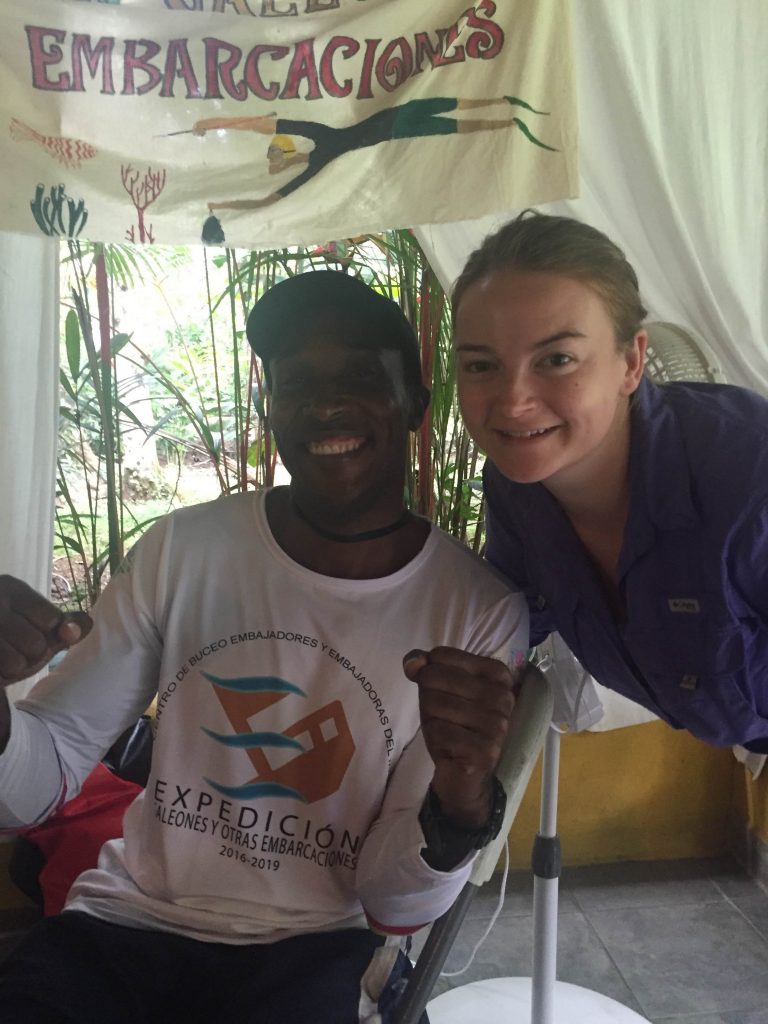

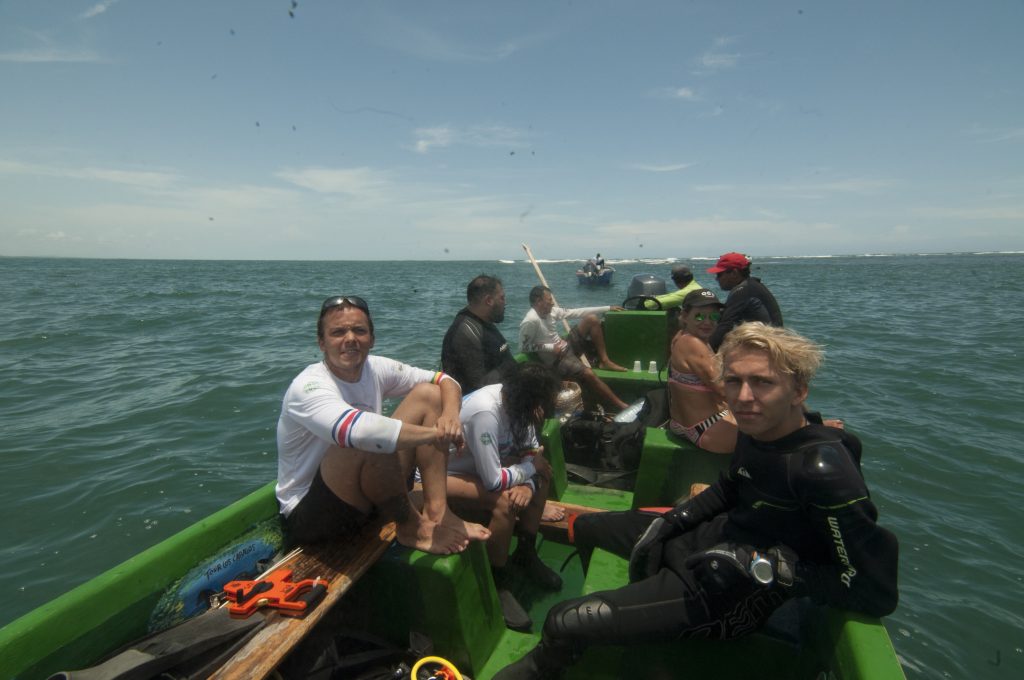
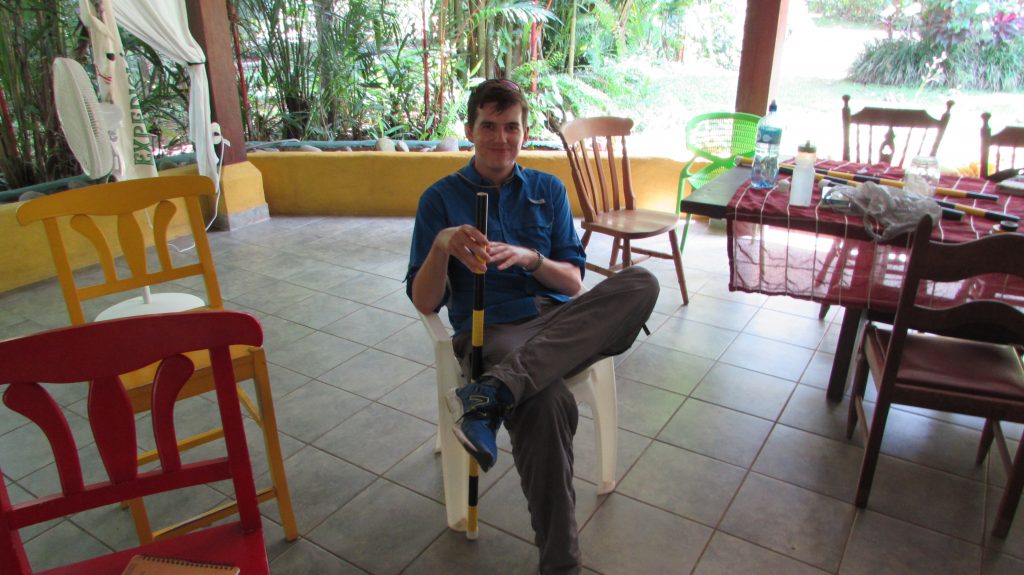
The program had an observable impact on the youth involved. Puerto Viejo and Cahuita sit along a transit line for narcotics and human trafficking, and until the 1990s, Limon Province was among the most impoverished in the nation. This community project not only provided key support for the preservation of cultural heritage, but it gave a renewed sense of purpose to many in the community – both the participants and others. Within a month of the conclusion of the project, the team’s engagement efforts had already paid archaeological dividends, with community members volunteering information about other shipwrecks in the area. In broader terms, the groundwork has been laid for further community monitoring of cultural resources, sustainable tourism, and engagement with local heritage.
